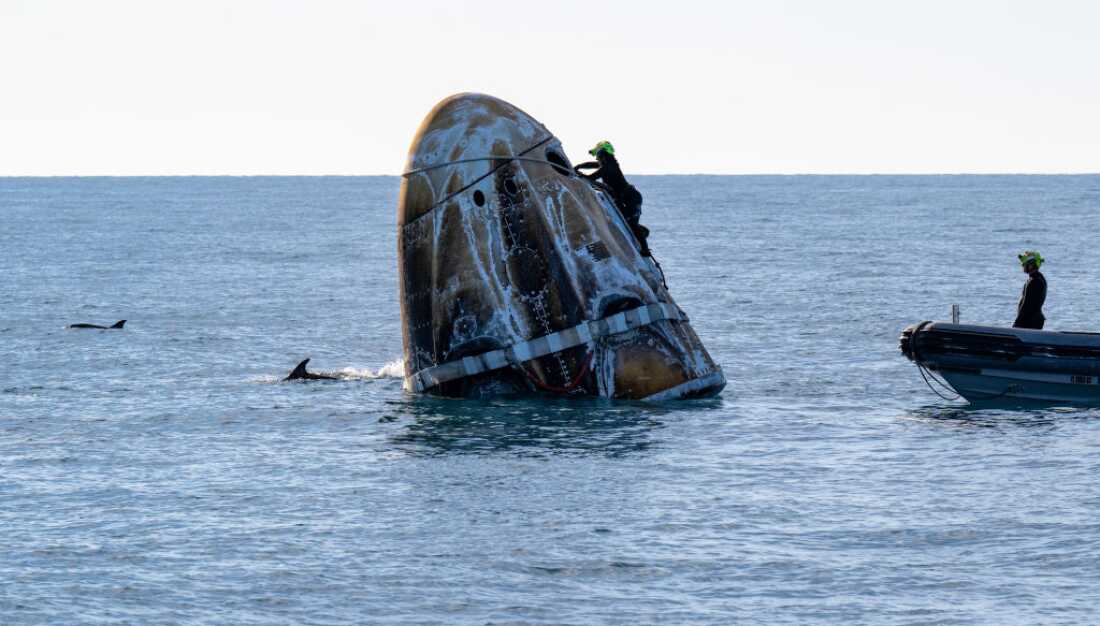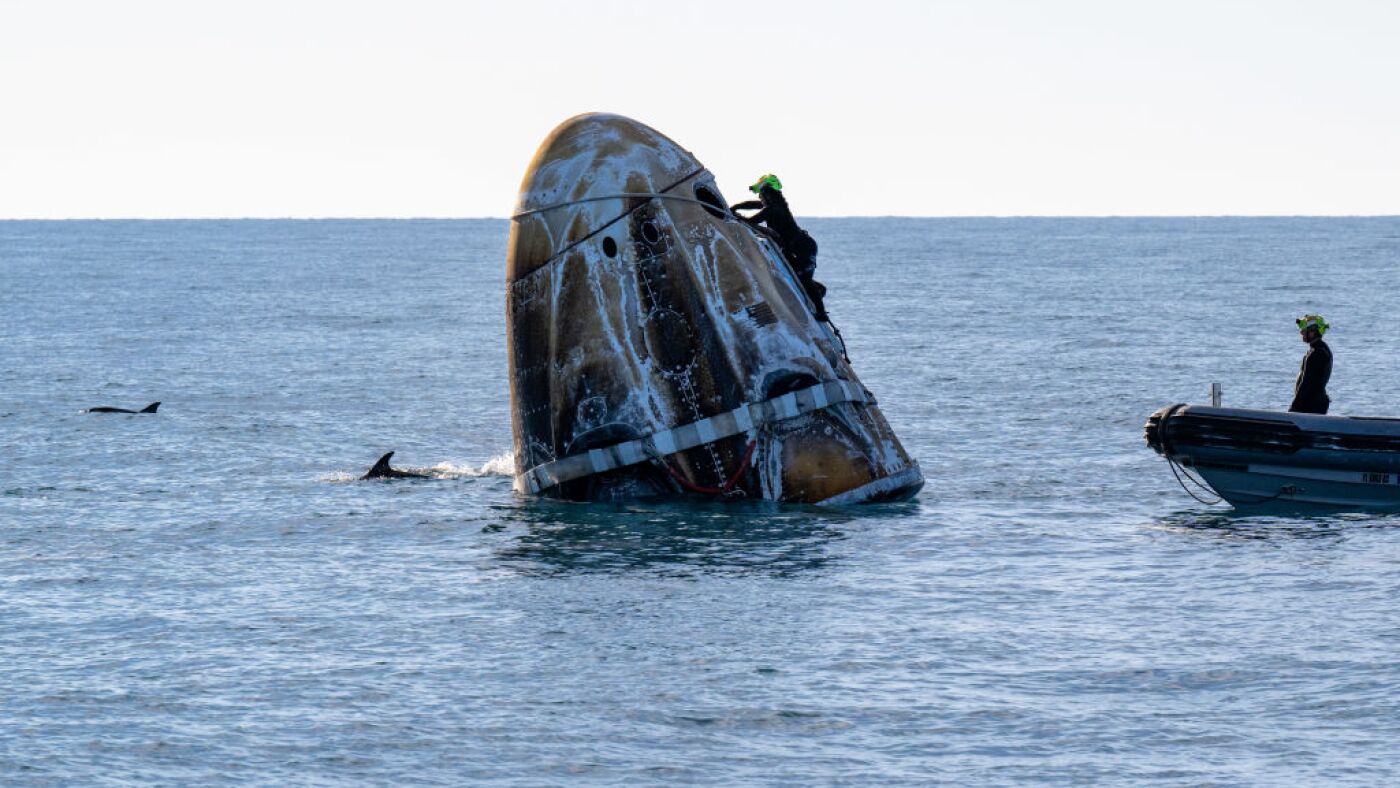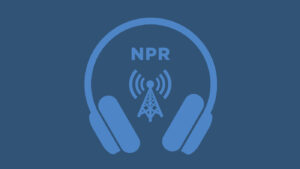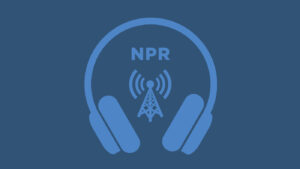
Support teams work on the SpaceX Dragon spacecraft after it lands with NASA astronauts on March 18, 2025. Keegan Barber/NASA via Getty Images
After an extended stay in space, NASA astronauts Butch Wilmore and Suni Williams have returned to Earth, landing off the Florida coast following over nine months aboard the International Space Station (ISS). Originally set for a brief visit starting June 5, 2024, their mission was prolonged due to delays with the Boeing Starliner flight.
NASA’s chief health and medical officer previously addressed rumors regarding the astronauts’ health during their prolonged mission, emphasizing that both Wilmore and Williams transitioned to “long-duration” status to utilize the ISS’s crew health care system.
A special team of doctors
Upon landing, the astronauts were transported to NASA’s Johnson Space Center for a “progressive 45-day post-mission recovery program,” which includes medical testing and a structured reconditioning program. They will spend two hours daily with trainers to regain their pre-mission fitness levels. According to NASA, “most crew members’ physiological systems recover within this timeframe.”
Leland Melvin, a former astronaut, shared his post-spaceflight experiences, mentioning that he regained his baseline health a month after returning. However, he was advised against driving for a week to prevent any accidents due to potential dizziness.
NASA flight surgeon Dr. Natacha Chough explained that astronauts often experience motion sickness upon return. “Your inner ear kind of shuts off more or less in weightlessness,” she said, adding that reintroducing gravity can be disorienting.

NASA astronaut Kate Rubins during a health check after landing. NASA/Bill Ingalls/NASA
Risks of spaceflight
Space missions are fraught with potential health risks, such as exposure to space radiation and the effects of microgravity on bone density. Dr. Chough noted the importance of monitoring muscle mass and bone density, stating, “weightlessness is what I refer to as a ‘use it or lose it’ environment.” To mitigate these effects, astronauts engage in daily exercise routines aboard the ISS.
Astronaut twins Mark and Scott Kelly participated in a study that highlighted unique bodily changes in space, such as an increase in height due to prolonged weightlessness. Additionally, chronic weightlessness can lead to the accumulation of bodily fluids in the head, potentially causing “spaceflight associated neuro-ocular syndrome,” whose long-term effects remain uncertain.
Despite these challenges, astronauts like Melvin find their experiences transformative, gaining a “newfound perspective on what it means to be a human being.” Reflecting on his journey, Melvin shared, “I went around the planet every 90 minutes. I saw everyone that was, is and will be on planet Earth.”
This article was originally written by www.npr.org






